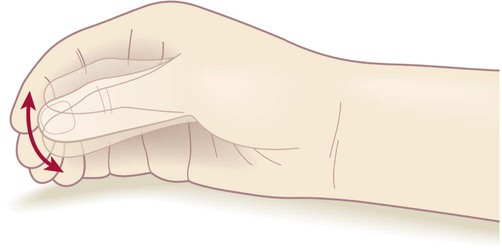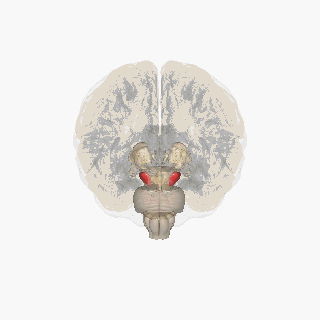Neurodegenerative diseases are characterized by the selective degeneration of neuronal populations in different brain regions and frequently the formation of distinct protein aggregates that often overlap between diseases.
Contrary to most other cells, neurons cannot divide, and therefore cannot dilute misfolded/aggregated proteins that accumulate in their cytosol. Their removal is a complex task involving recognition proteins, chaperones, and eventually activation of degradation pathways such as the ubiquitin-proteasome system and the autophagy-lysosomal pathway.
Mechanisms to recycle proteins are complex, one of them uses lysosomes. A lysosome is a membrane-bound organelle found in many animal cells. They are spherical vesicles that contain hydrolytic enzymes that can break down many kinds of biomolecules.
Lysosomal health is crucial for the degradation of dysfunctional proteins and in particular for the clearance of autophagic vacuoles. An impaired lysosomal system contributes to autophagy stress, accumulation of damaged mitochondria, and restricts clearance of proteins aggregates.
Vacuolar protein sorting ortholog 35 (VPS35) is a protein involved in autophagy and is implicated in neurodegenerative diseases, such as Parkinson's disease (PD) and Alzheimer's disease (AD). Yet it was not commonly associated with ALS.
VPS35 is part of a complex called the retromer, which is responsible for transporting select cargo proteins between vesicular structures (e.g., endosomes, lysosomes, vacuoles) and the Golgi apparatus.
So any defects in VPS35 is associated with neurodegenerative diseases. Indeed it is certainly not the unique cause of those diseases. Mutations in the VPS35 gene have been identified to cause late-onset, autosomal dominant familial Parkinson's disease, whereas reduced VPS35 protein levels are reported in vulnerable brain regions of subjects with Alzheimer's disease, neurodegenerative tauopathies such as progressive supranuclear palsy and Pick's disease, and amyotrophic lateral sclerosis.
Here, Dorian Sargent and colleagues develop conditional knockout mice with the selective deletion of in neurons to better elucidate its role in neuronal viability and its connection to neurodegenerative diseases.
Surprisingly, the pan-neuronal deletion of induces a progressive and rapid disease with motor deficits and early post-natal lethality. Neuronal loss is accompanied and preceded by the formation of p62-positive protein inclusions and robust reactive astrogliosis.
The authors' study reveals a critical yet unappreciated role for VPS35 function in the normal maintenance and survival of motor neurons during post-natal development that has important implications for neurodegenerative diseases, particularly amyotrophic lateral sclerosis.
In 2020 another team achieved a substantial reduction of CRC proteins in motor neurons of SOD1 G93A mice. They designed, synthetize and characterize a small array of bis-guanylhydrazones. Such retromer stabilizers possess good in vivo bioavailability, potency, and stability.

 ‘Pill-rolling’ rest tremor as found in Parkinson’s disease.
‘Pill-rolling’ rest tremor as found in Parkinson’s disease. Source Wikipedia: FrozenMan - Own work
Source Wikipedia: FrozenMan - Own work
